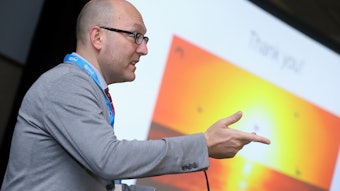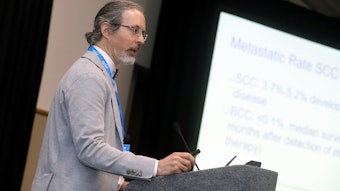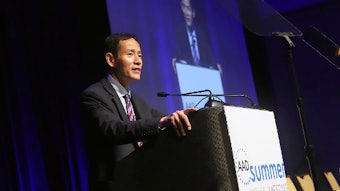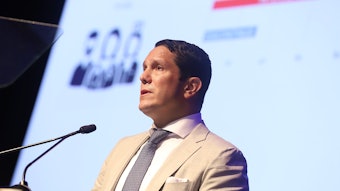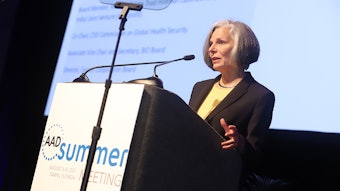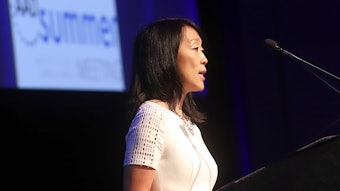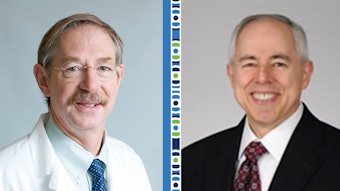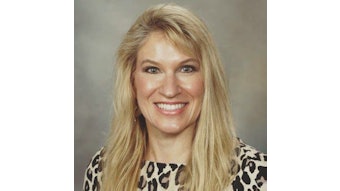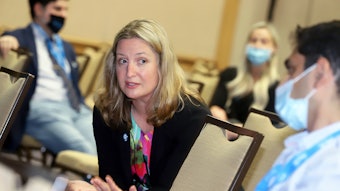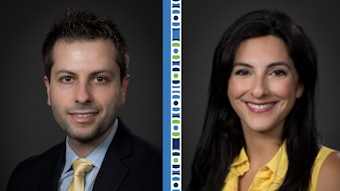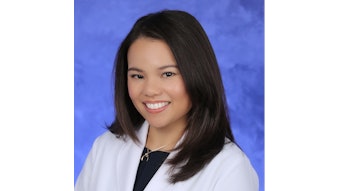Biomedical advancements impact dermatologic diagnosis and treatment
Presenters evaluate clinical applications of emerging biomedical technologies for dermatology.

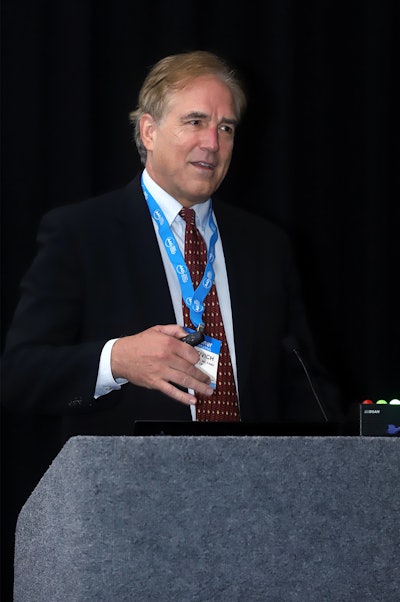 M. Peter Marinkovich, MD, FAAD
M. Peter Marinkovich, MD, FAAD
Dr. Chan co-moderated the session with M. Peter Marinkovich, MD, FAAD, associate professor of dermatology at Stanford University in Palo Alto, California. Drs. Chan and Marinkovich are co-authors of New Technologies in Dermatological Science and Practice: Intelligence, Regeneration, Speed, and Precision, published Aug. 2, 2021 (CRC Press).
During the session, industry experts discussed the basic mechanisms and clinical applications of emerging biomedical technologies for dermatology, including:
· Optical coherence tomography (OCT): This noninvasive diagnostic imaging technique can generate high-resolution en face and cross-sectional images of the skin in vivo to a maximum depth of 2 mm, to potentially enhance the diagnostic accuracy of melanoma and other types of skin cancer.
· Mass spectrometry: As a cancer margin detection tool, mass spectrometry offers the potential for more accurate intraoperative tumor localization in less time. “The key usefulness of mass spectrometry is that each molecule has a unique fingerprint, a mass-to-charge ratio,” Dr. Chan said. “With mass spectrometry, you can test at the time of surgery whether a cancer metabolite is present in the margins and surrounding tissue in seconds.”
Mass spectrometry won’t eliminate the need for Mohs micrographic surgery, but it may save 30 minutes or more in the operating room by eliminating the need for microscopic examination of tissue in the OR to establish clear margins, Dr. Chan said. Mass spectrometry has yet to be studied in dermatology, but studies suggest its applicability for skin diseases.
· Chimeric Antigen Receptor (CAR) T cell therapy for pemphigus vulgaris. Currently, the most effective way to treat the rare autoantibody-mediated blistering skin disease is with monoclonal antibody therapy targeting Cd20 positive B cells. But the treatment isn’t specific enough, Dr. Chan said. “You target every B cell that has Cd20 on the surface, which could eliminate B cells that could be essential to a patient’s immune response to pathogens.” CAR T cell therapy targets only those B cells with a pathogenic component to potentially eliminate the immunosuppressive side effects of traditional pemphigus vulgaris treatment.
· In vivo and ex vivo gene therapies for epidermolysis bullosa. In vivo and ex vivo gene therapies involve gene editing and the transfer of gene corrected cells, to potentially cure epidermolysis bullosa, a genetic blistering skin disease. “Right now, we don’t have any effective treatment for patients with epidermolysis bullosa other than supportive therapy,” Dr. Chan said. “If gene therapy works, it’s a lifesaver for these patients.”
Overall, some of these new developments will enhance diagnostic accuracy; others will provide more target-specific treatment that will reduce unwanted side effects or enhance therapeutic efficiency. Although many of these biomedical advances are still in the research stage, it’s beneficial to put them on your radar now.
“Be prepared to adopt these new techniques for your practice by knowing the detailed mechanisms of these methods,” Dr. Chan said.
